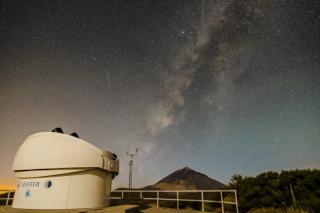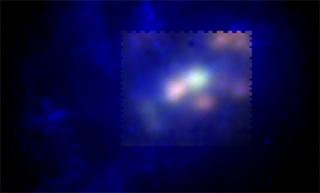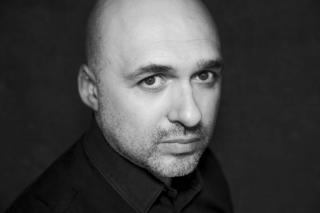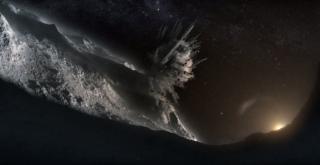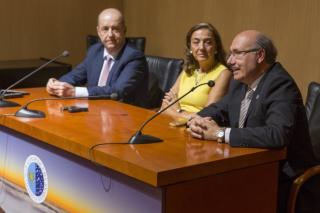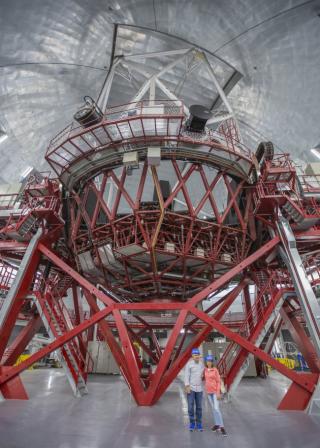
El escritor palmero finaliza su estancia en el marco del proyecto del IAC “En un lugar del Universo…” durante la que ha podido conocer los telescopios de las Islas y cómo es el trabajo relacionado con la Astrofísica.
Advertised on
This section includes scientific and technological news from the IAC and its Observatories, as well as press releases on scientific and technological results, astronomical events, educational projects, outreach activities and institutional events.

